Chef Jason McLeod’s Commitment to San Diego Seafood
It’s five o’clock on a Thursday morning. Chef Jason McLeod stands in a parking lot next to a wholesale warehouse along the San Diego waterfront. He could have called an order into a wholesaler like this one a few hours earlier, and they would have delivered seafood from all over the world to his restaurant, Ironside Fish & Oyster, by this morning. Instead, he climbs into fisherman Kelly Fukushima’s pickup, and they drive down to the dock where Fukushima’s fishing vessel awaits.
The sun rises as f/v Threeboys, named for Fukushima’s three sons, motors out of the San Diego harbor. A pod of grey whales passes by, then a research dingy with NAVY stamped on its side. Fukushima and McLeod stand together at the helm. The boat is loaded with nets for sea bass, each handmade—and mended by hand after each use—specifically to reduce the risk of bycatch. As he checks the nets before letting them down over a quarter mile of open ocean, Fukushima turns to McLeod and says, “Just like chefs sharpen their knives, we’re always repairing our nets.”
The sea bass they bring up will find their way onto the menu at Ironside. Like many of the independent fishermen in San Diego, Fukushima has what he calls a “diverse portfolio.” Today, after the sea bass nets are set, Fukushima will pull rock crab traps, but throughout the year, they’ll catch swordfish, shark, tuna, opah, dorado, yellowtail, and other local ocean-dwellers. Much of it will travel less than a mile once onshore, straight to the walk-in cooler at Ironside. And McLeod will change the menu when Fukushima and the other San Diego-based fishermen from whom he buys bring in something new. This commitment to local fishery has made Ironside Fish & Oyster stand out, helping to promote and preserve the independent fishing community in San Diego.
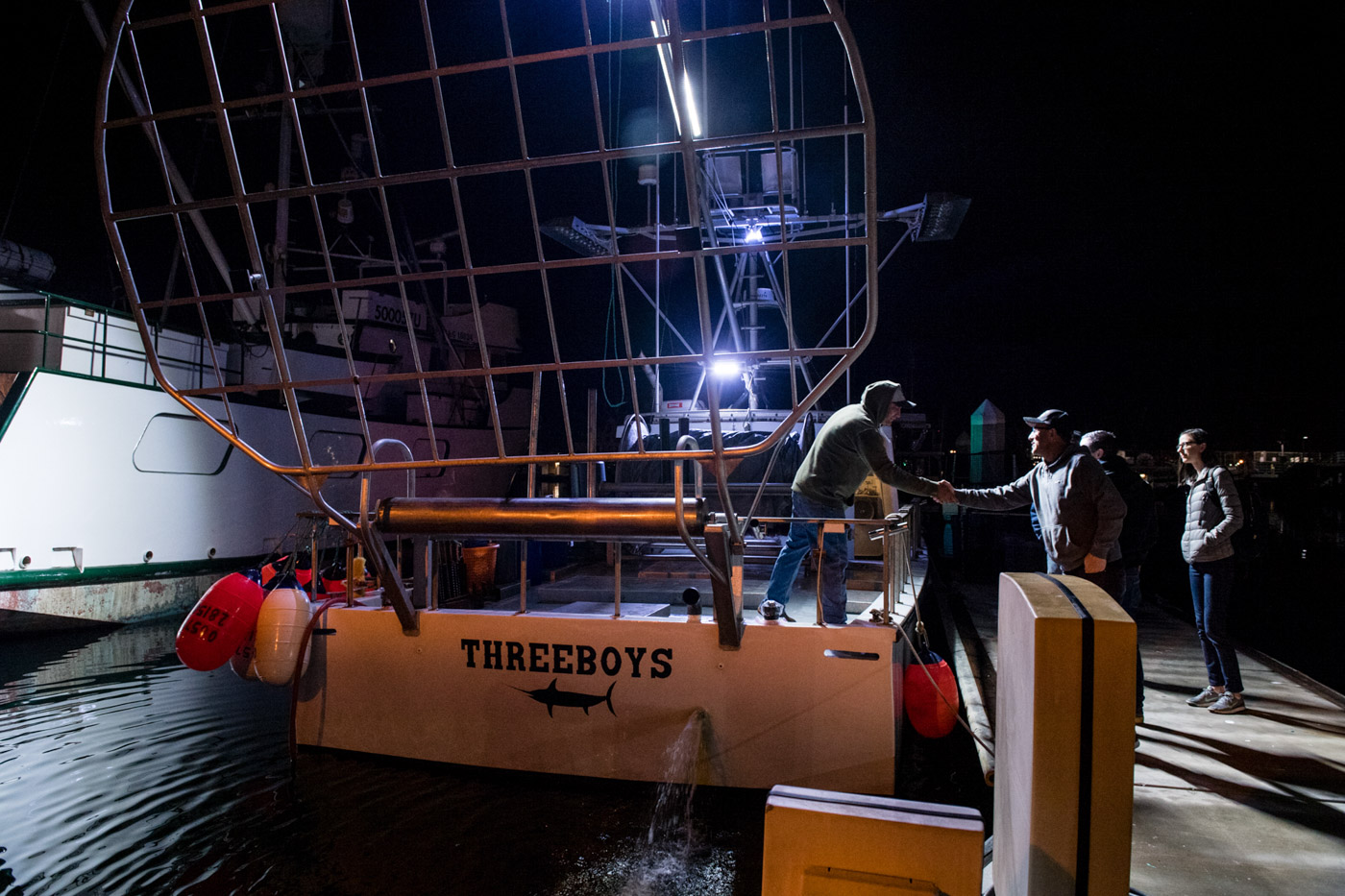
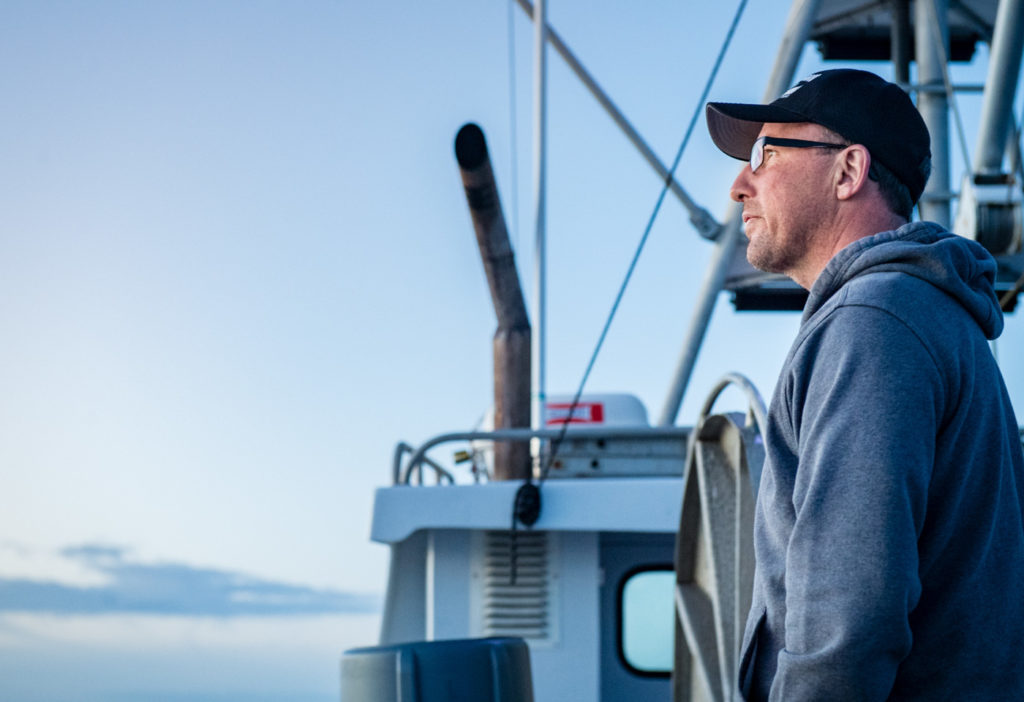
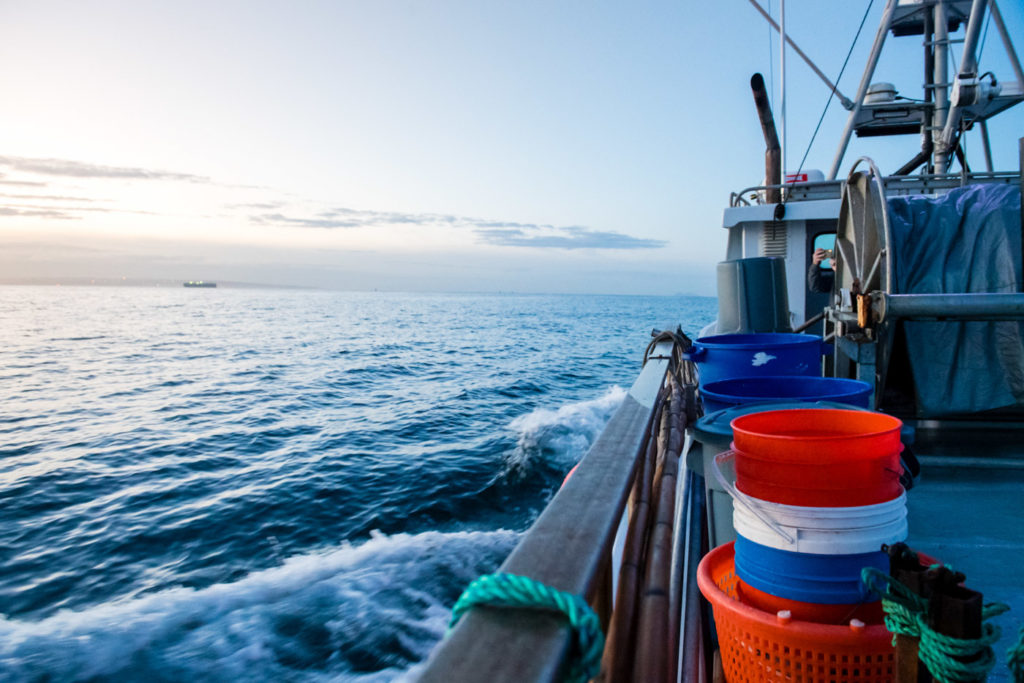
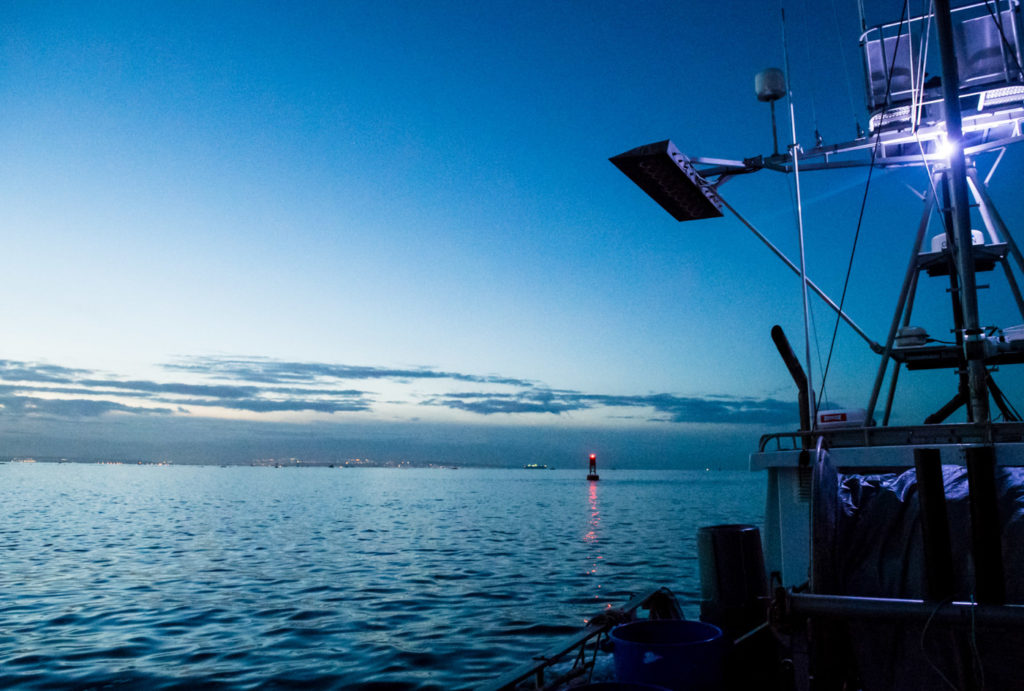
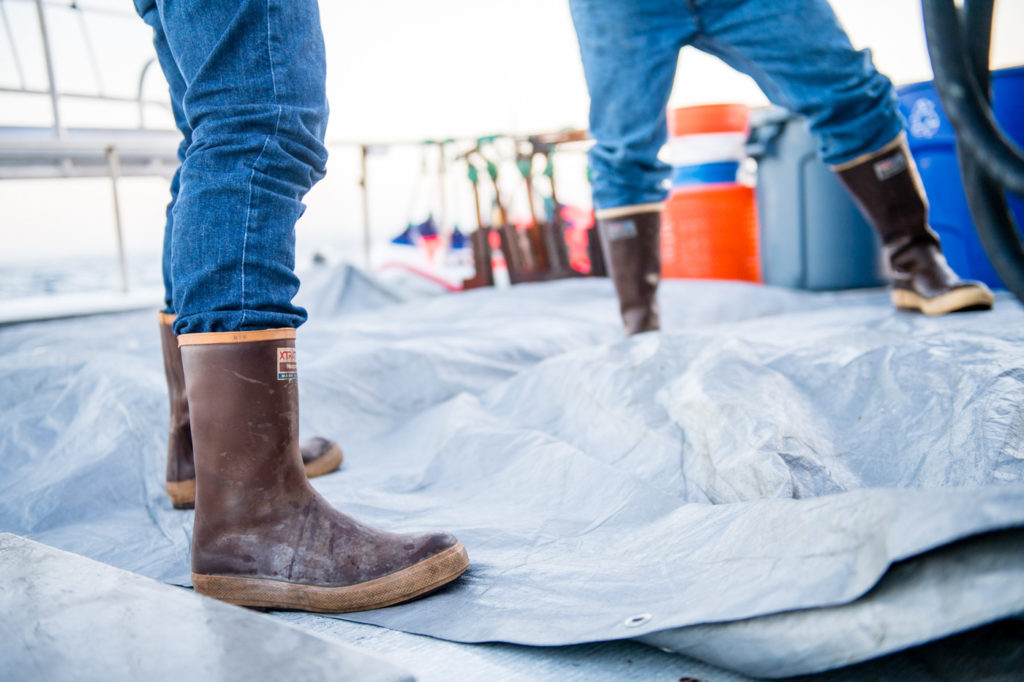
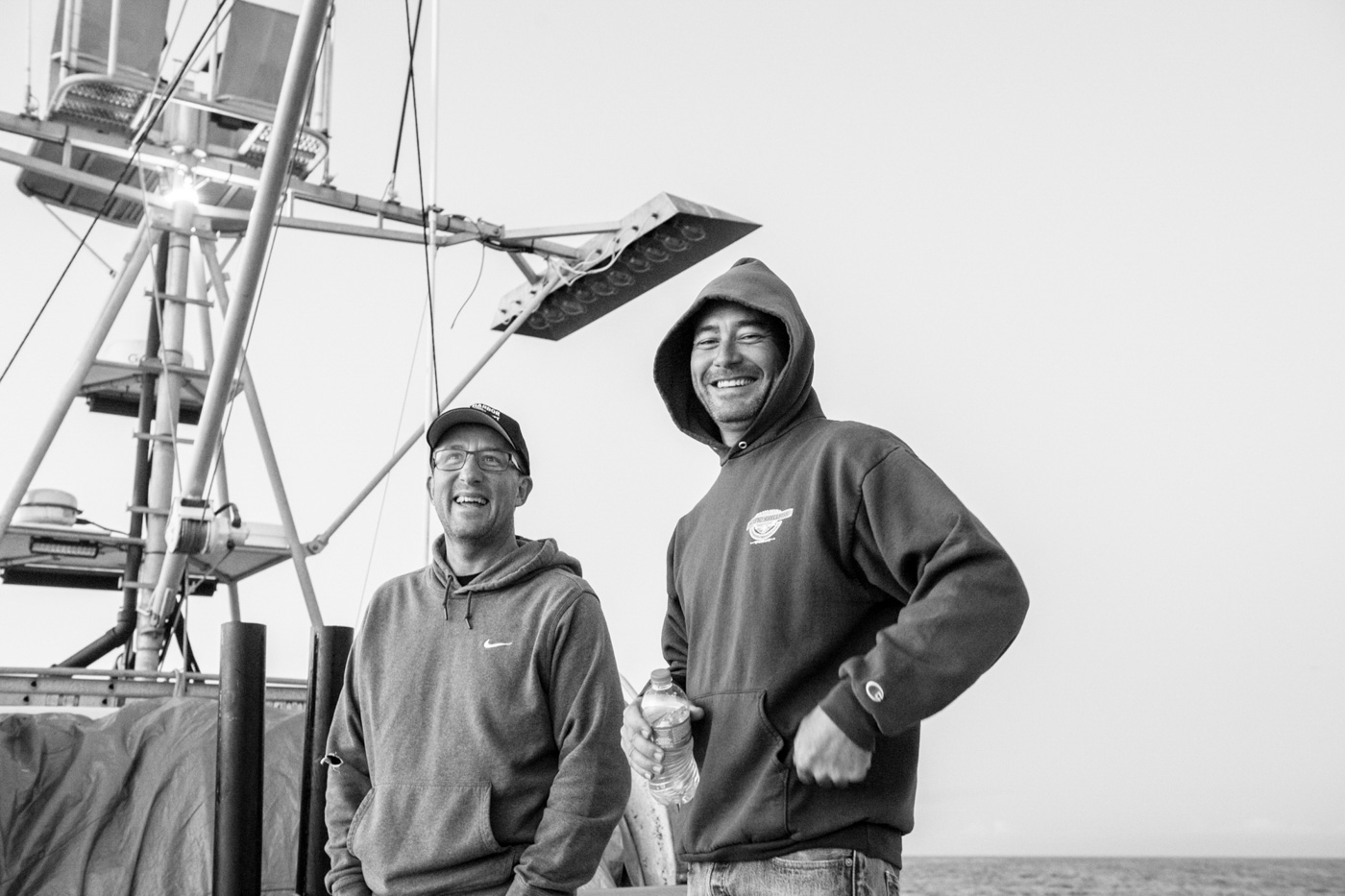
Four years ago, McLeod opened Ironside Fish & Oyster in San Diego’s Little Italy. McLeod, originally from British Columbia, grew up with access to good seafood. After working in Chicago—where he earned two Michelin stars as the chef of Ria during its first year—he longed to be back on the West Coast where he could open a restaurant highlighting locally-sourced fish. But access to San Diego’s fishery proved more difficult than he expected. “Local” fish, as supplied through his wholesalers, came from Baja.
Then one day, a few months after Ironside opened, a San Diego fisherman named Richard showed up at McLeod’s restaurant with a cooler of freshly-caught black cod. McLeod’s first question was, “Is this legal?” It was, and he began buying it two to three times a week. That was Jason’s introduction directly to the San Diego fishing community. In a few trips to the docks just blocks from his restaurant, he was on a first-name basis with half a dozen fishermen, and Ironside Fish & Oyster began serving anywhere from eighty-five to one hundred percent seafood caught by them.
Words like local and sustainable can be used by any restaurant without adhering to any specific standards. McLeod let his actions speak for themselves, buying directly from San Diego-based fishermen. He knew each of them worked for themselves—often with family or close family friends—and because they worked out of the United States, they adhered to some of the strictest regulations in the world.
When the fishermen continued to offer their catches to his restaurant, McLeod says, “We just bought everything. Our number-one goal became to have our fish be from them.” And he and his team have built Ironside Fish & Oyster around the idea of supporting that vision. This means frequent menu changes, staff trips to the docks, and occasionally a visit from the California Department of Fish & Wildlife—who arrive unannounced to check fishermen’s compliance. For McLeod, it’s all worth it.
Fukushima was one of the first fishermen McLeod partnered with, when McLeod put not only his swordfish but also his thresher shark—a fish that raised eyebrows and fears among some guests—on the menu. The shark became representative of the collaboration between the fishermen and local chefs. With a bit of education from Fukushima, the staff at Ironside could help diners understand the difference between responsibly caught thresher sharks and those that should not be fished––and bring to their attention the need for responsibility in the first place.
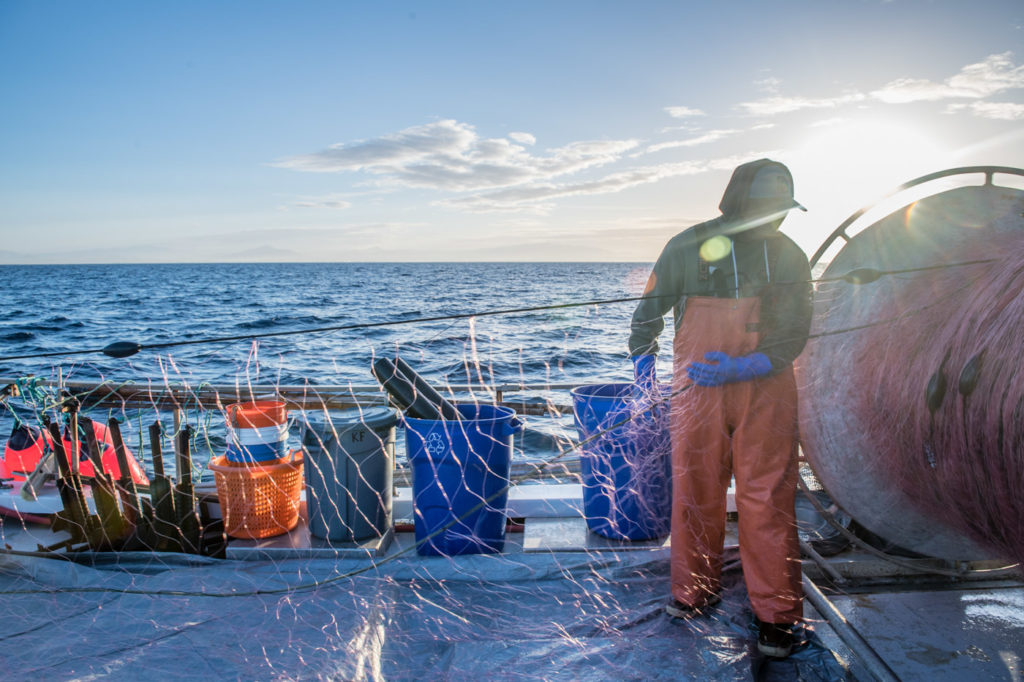
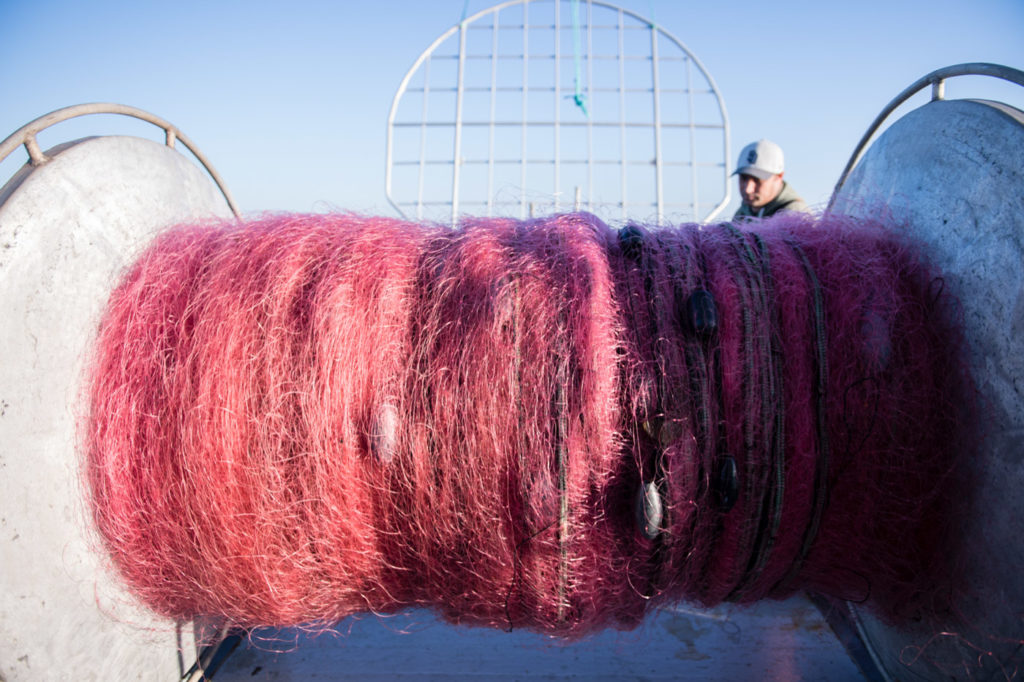
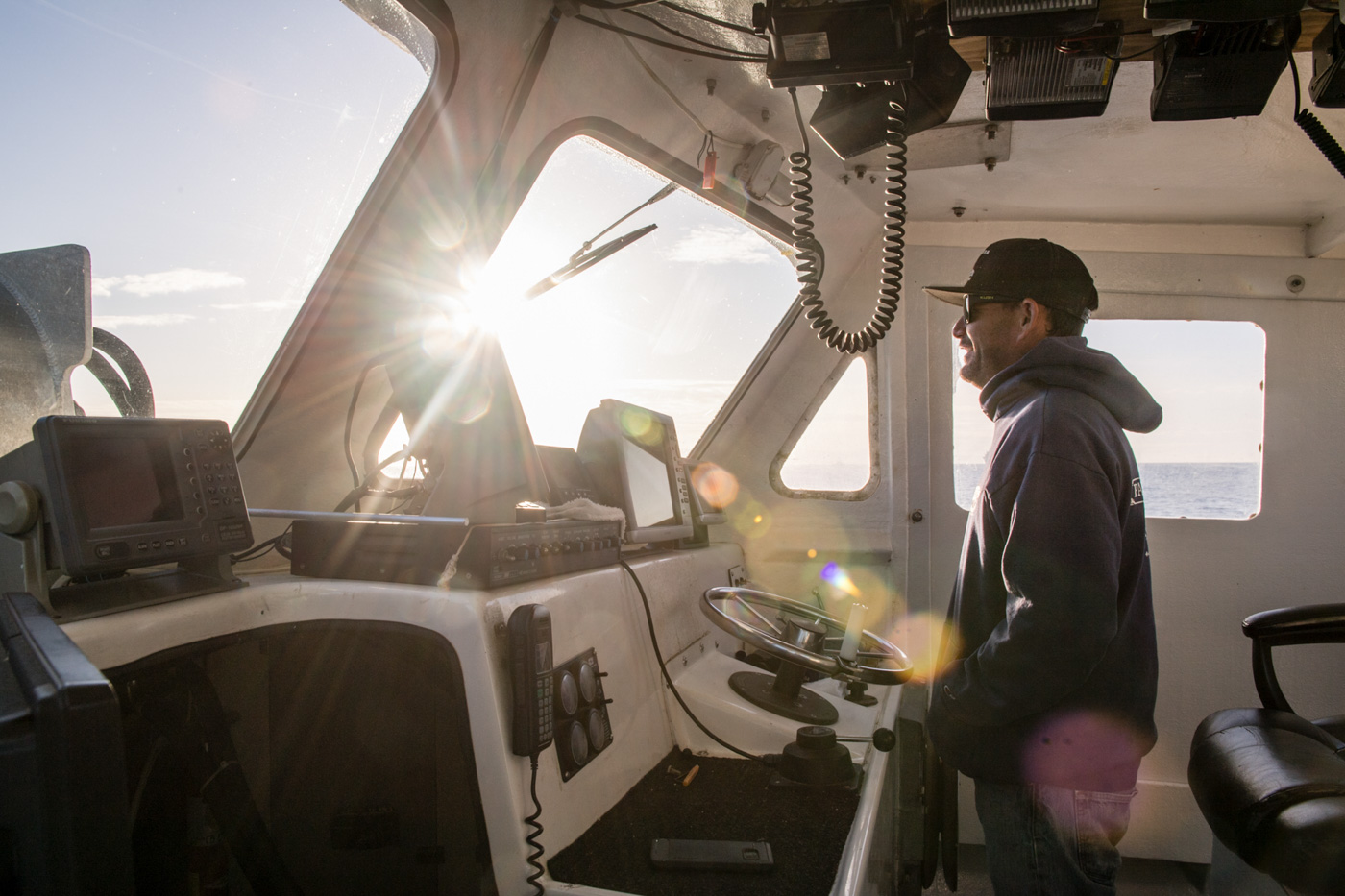
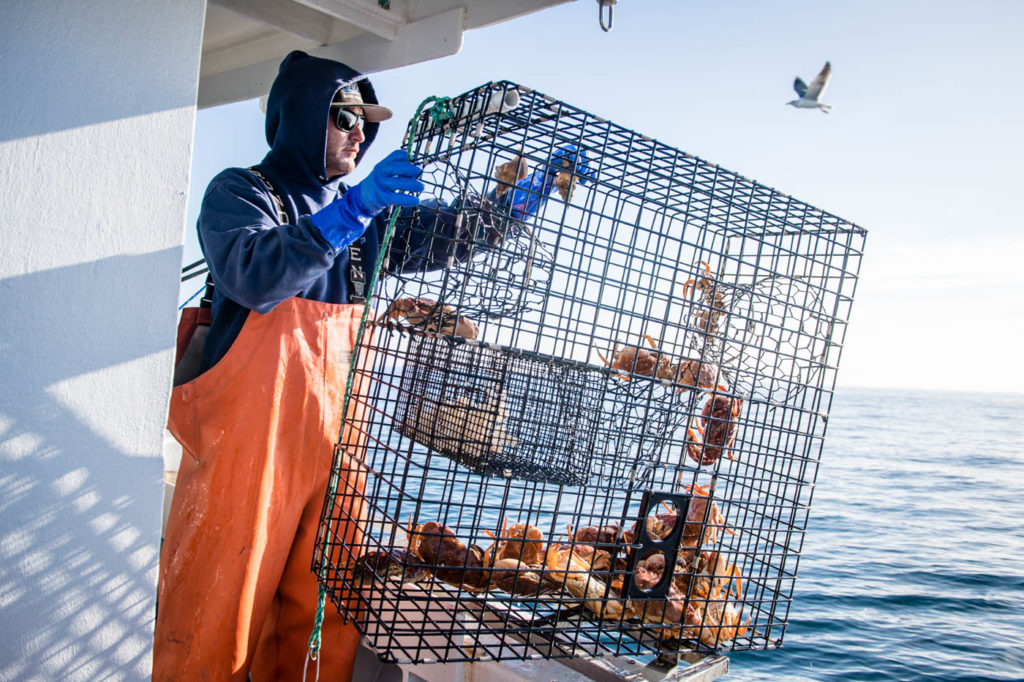
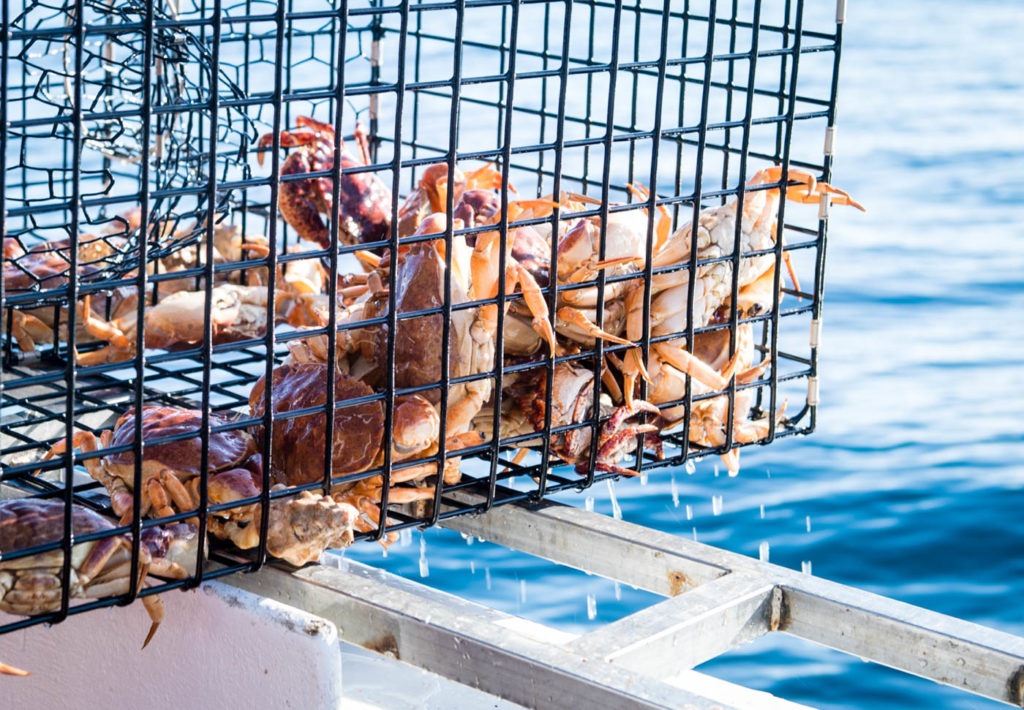

In his twenty years fishing off San Diego’s coast, Fukushima and a handful of other fishermen have become a voice for the local, independent fishing community. Around the same time McLeod was opening Ironside, this group of San Diego fishermen was just winning a year’s-long battle to open Tuna Harbor Dockside Market, one of the only direct boat-to-customer markets on the West Coast.
Sea urchin diver Pete Halmay was a driving force behind the project. It was Halmay’s son Luke, and a fellow second generation fisherman Zach Roach Jr., who first started selling their catch directly to anyone waiting on the docks. In a town like San Diego, with its long and once renowned commercial fishing history, one would think this was the norm. But even when San Diego was the “Tuna Capital of the World,” people trying to eat tuna in San Diego, fresh off the boats, would have trouble; much of the fresh fish went to canning.
Halmay, who began diving for abalone in 1970 and later helped start the California sea urchin fishery, thought they could go a step further. “Let’s move off the boat and onto land,” Halmay suggested to his son and Roach Jr. “It was hard to get to the boats, and not many people were coming. It took three years.” There was no roadmap for a fish market, for the fishermen or for the Port of San Diego. Finally, after sensing the public’s growing interest, the board of port commissioners agreed to adapt a farmers market permitting process. Two weeks later, the market opened.
That first Saturday morning, three fishermen showed up to sell their product. And 1,500 people lined up around the block waiting to buy it. On any given Saturday, there are ten to fifteen fishermen, and lines still form down the waterfront at 7:30 a.m. waiting for the market to open. “It took a long time, but everyone knew it would work,” say Halmay.
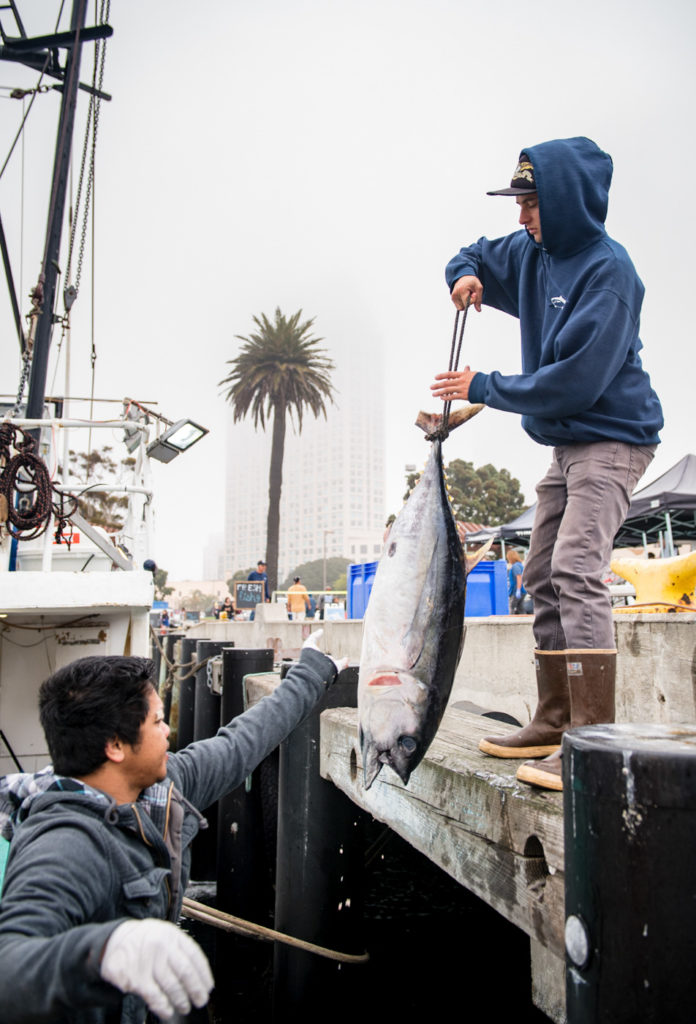
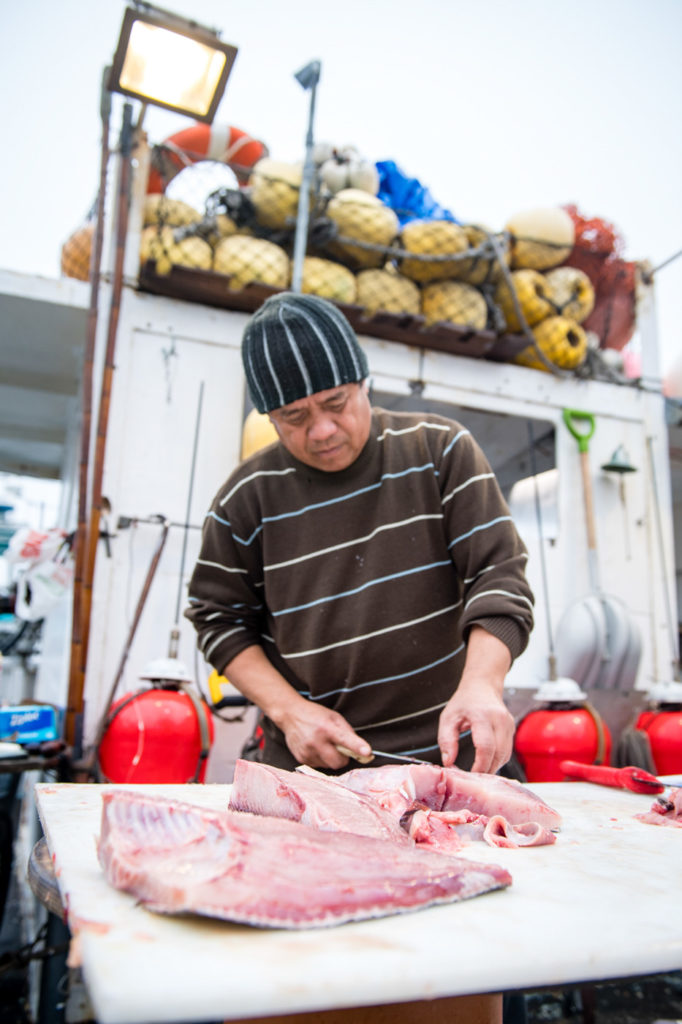
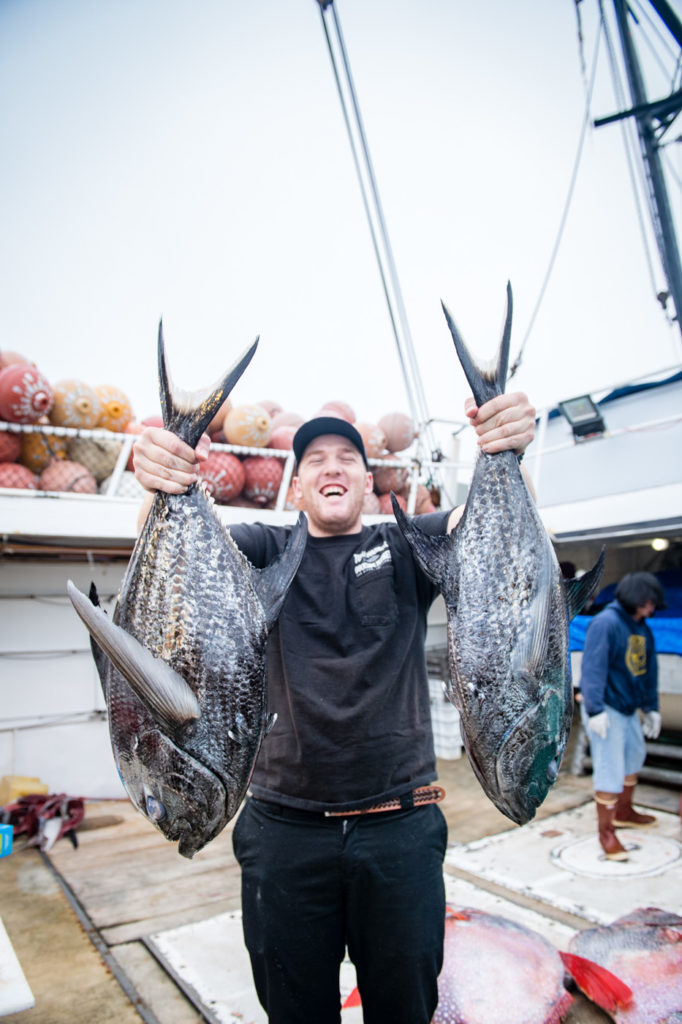
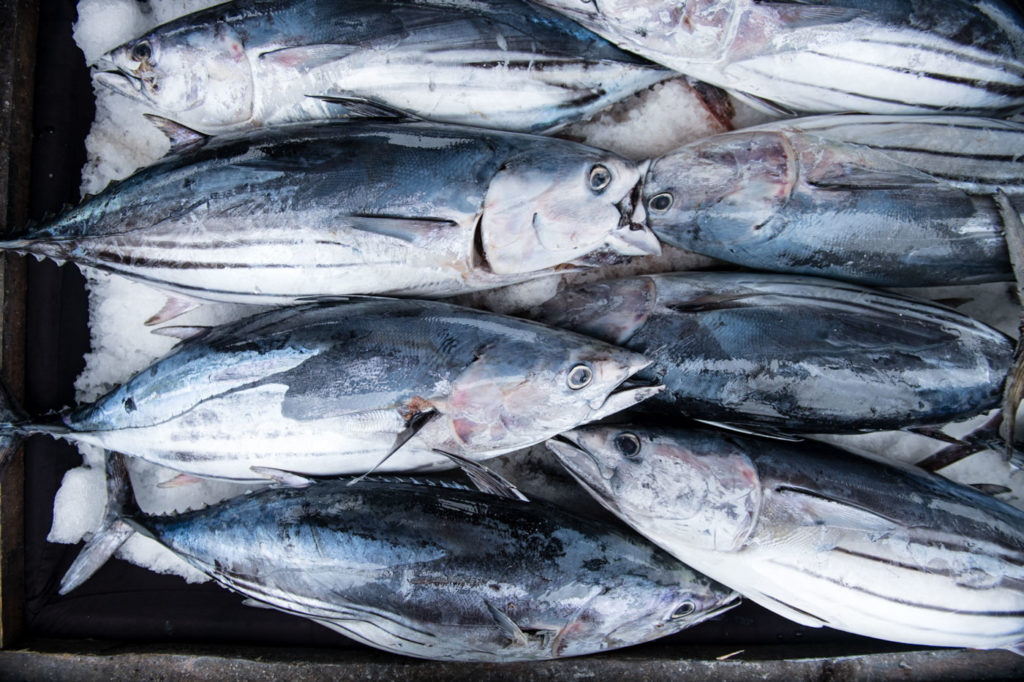
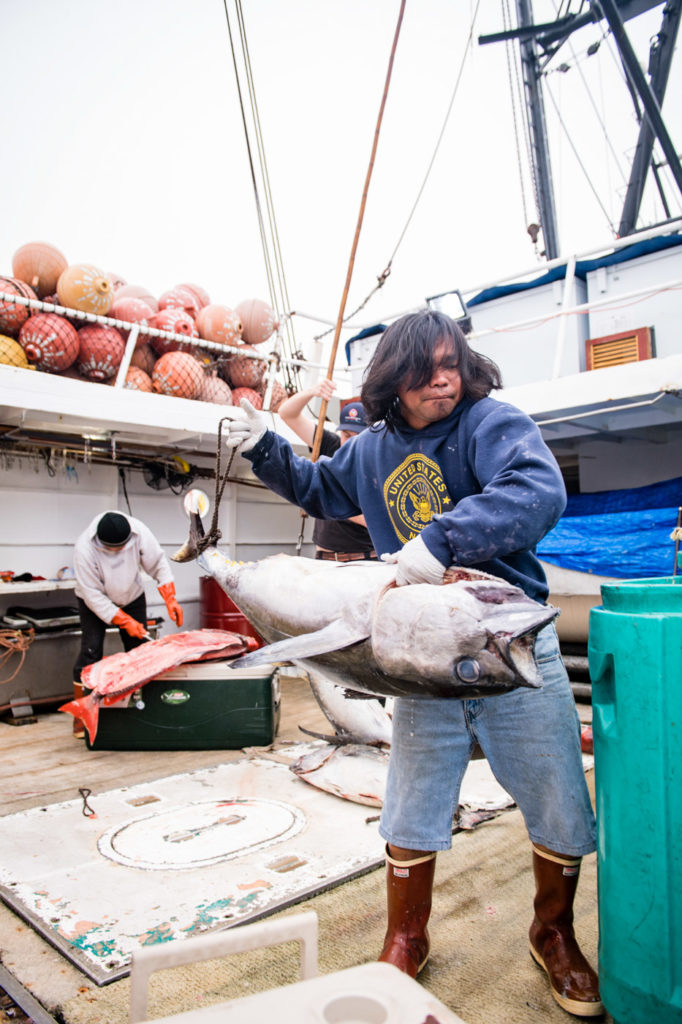
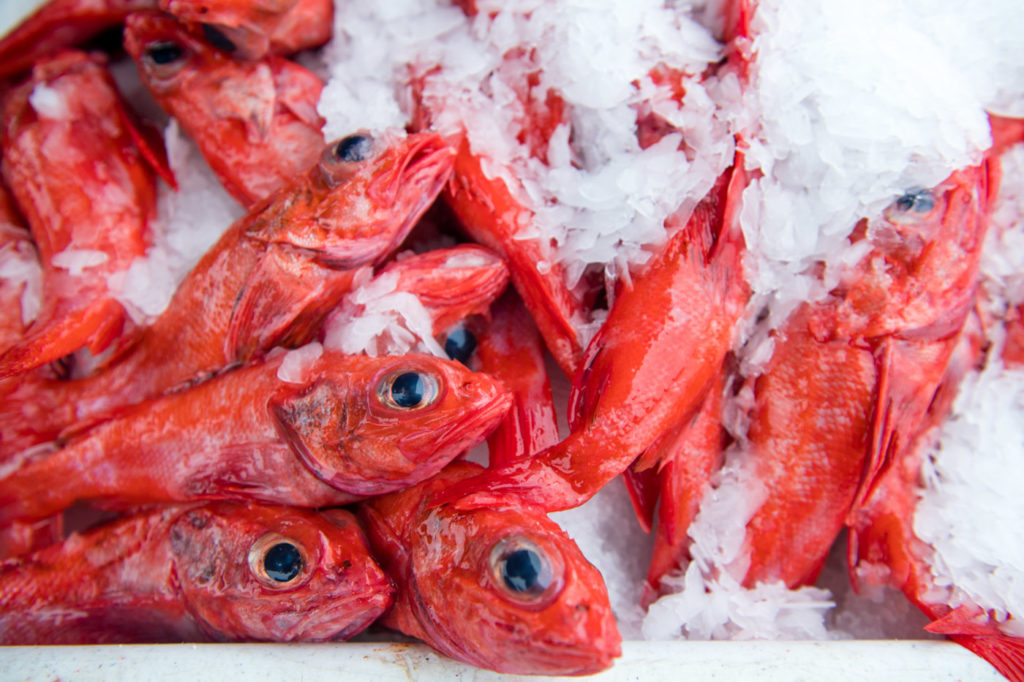
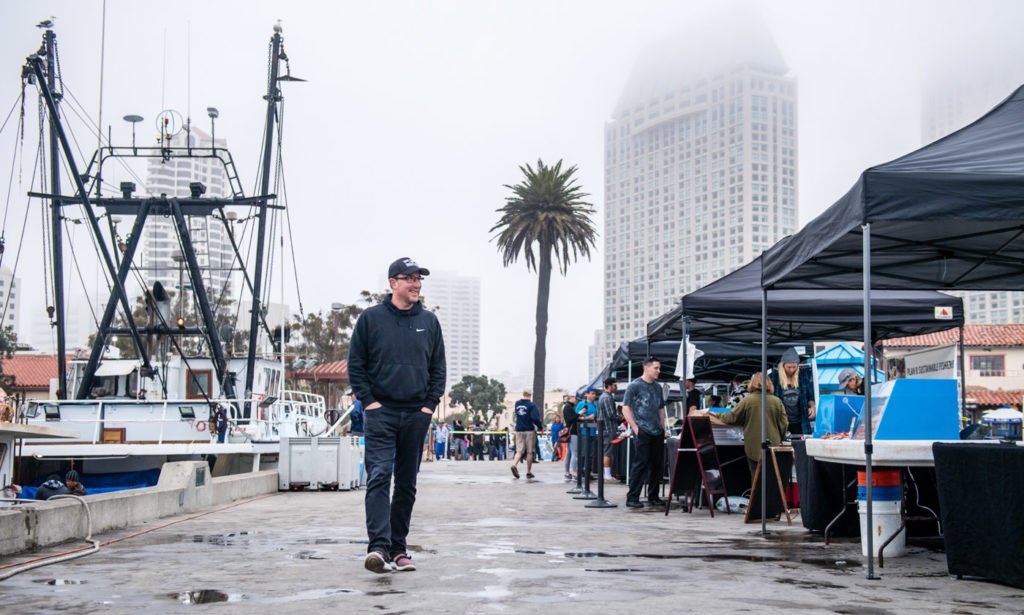
Fukushima, like many of his fishermen colleagues, would happily sell as much fish as he could to chefs like McLeod. “Originally, there were only a handful of guys who did it. But now a lot more are starting to direct market because of the added value for your product. And the restaurants get the word out to way more people in a short amount of time than a single individual fisherman can. If you have a good restaurant with five hundred guests a night talking about local fish, that’s huge.”
But Fukushima is also at the market every Saturday, selling to the general public. His three sons join him and his wife Jolene at the family’s stand, Loaf & Fish, where they also serve tacos and sandwiches featuring the catch of the week. It’s work to be proud of, and work his children—like others there on Saturday mornings—are interested in pursuing one day.
“We have so many people tell us commercial fishing is an industry that is dying. It’s not going anywhere,” he says. “If you talk to all the people who work here every week and make their living doing this, they’ll tell you a different story. When you walk down the dock here, every single booth has friends and family working together, and it’s a lot of younger people. It’s not just a bunch of old guys.”
Still, like many of the fishermen in the San Diego fleet, he sometimes wonders if the increasing regulations will deter future generations. As a child, Fukushima father was a mechanic. But on the weekends, he would take Fukushima fishing, and that’s how he fell in love with it. When he started more than twenty years ago, it was easier to be a newcomer. And it’s not that there are too many fishermen, or not enough fish in the sea any more, he says, at least off of San Diego. It’s that the number of regulations for commercial fishing in the United States continues to grow. “We have such strict quotas, so many closures, so many regulations. Don’t get me wrong, I support pretty strict fishing regulations to keep everything sustainable, to make sure we have viability in the industry for a long time,” he says.
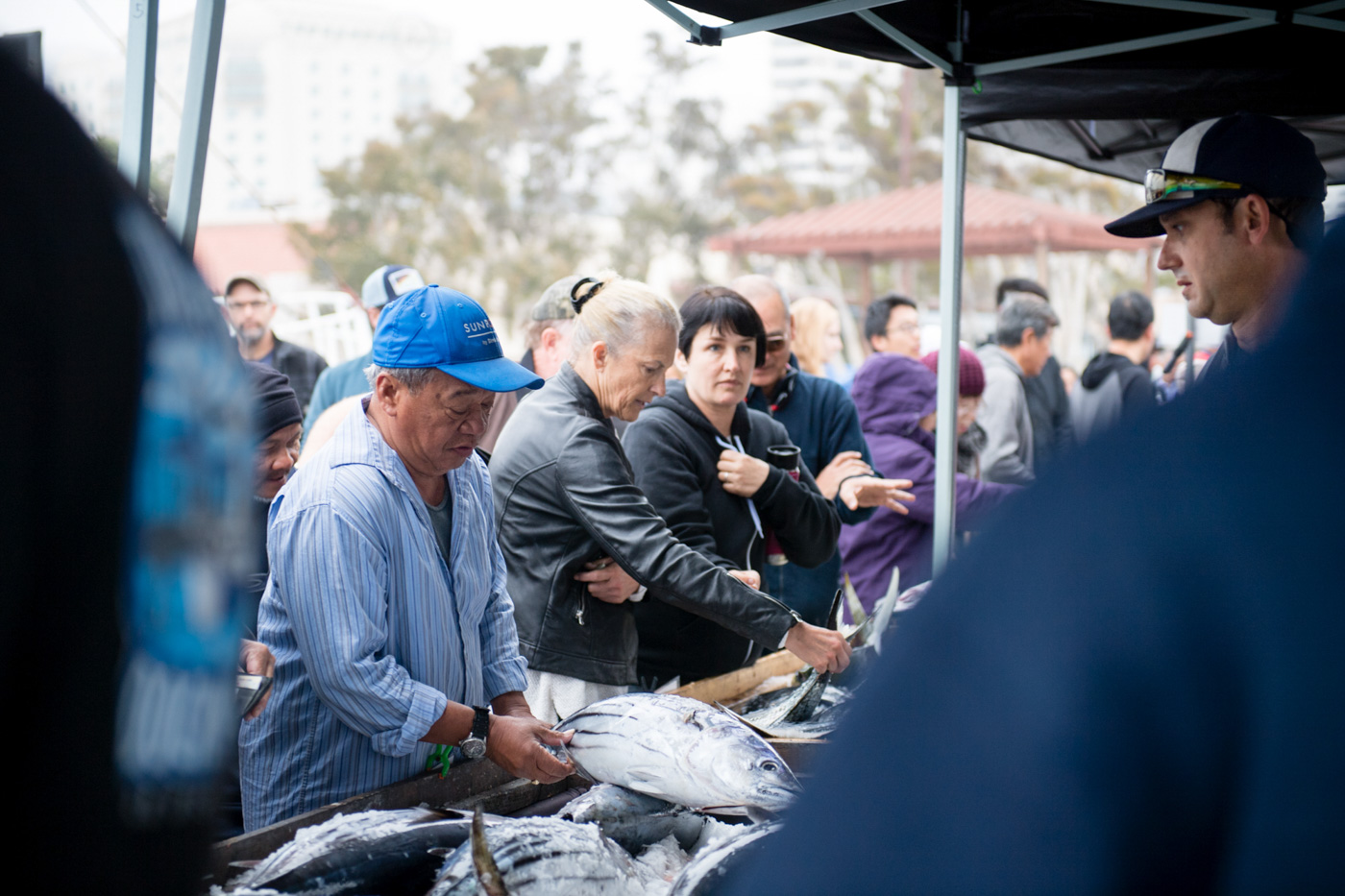
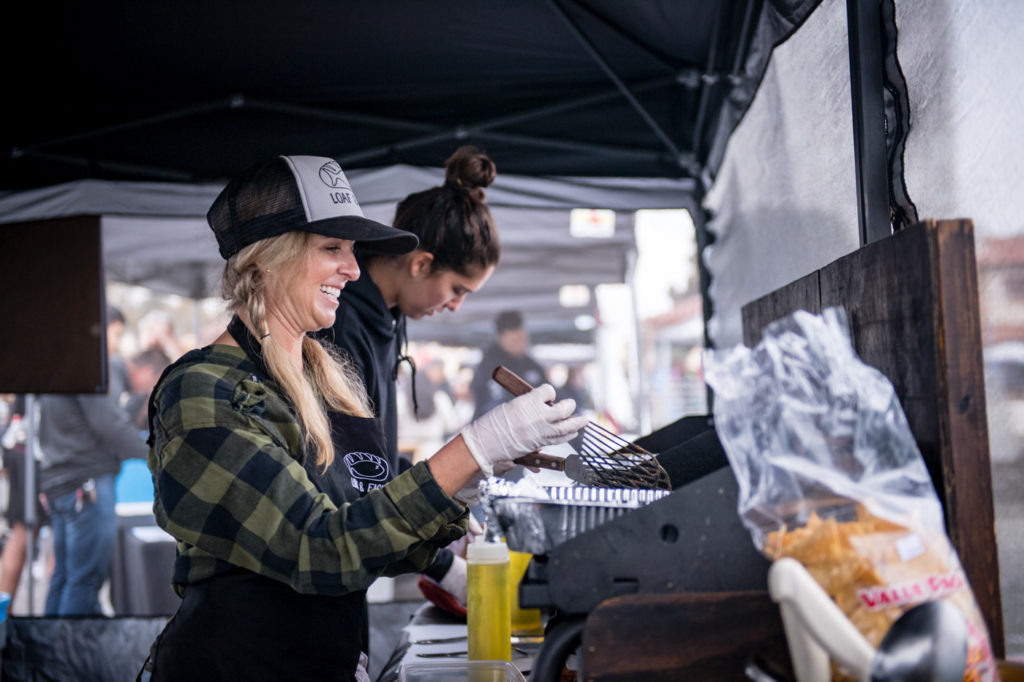
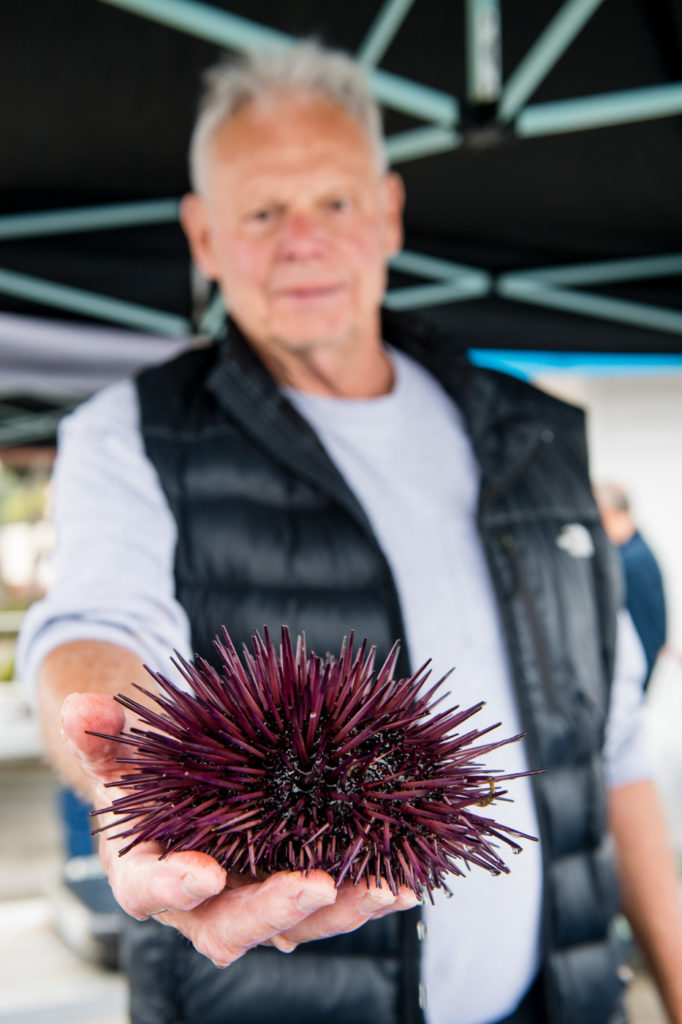
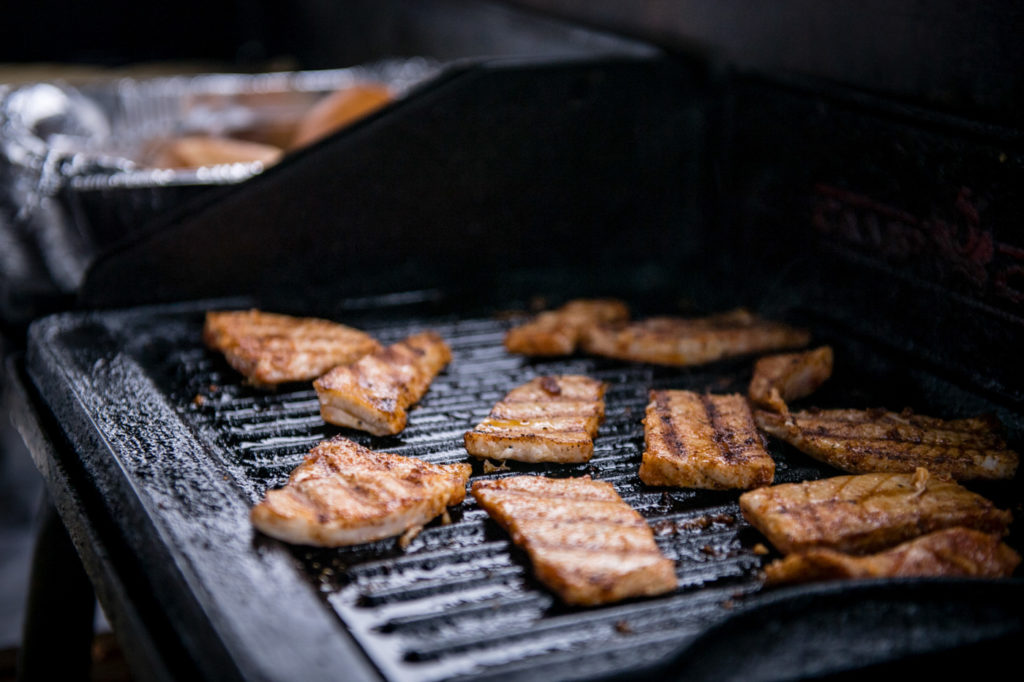
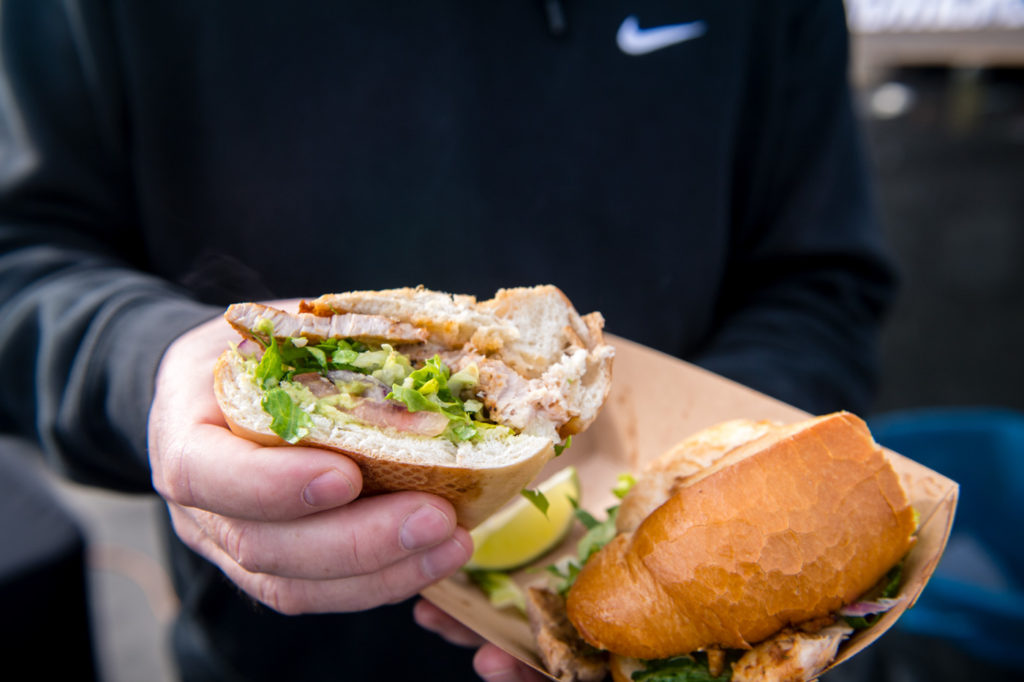
But if Tuna Harbor Dockside Market is any indication of the future of fishing in San Diego, he doesn’t need to worry. Tanner Saraspe, who changed her post-college plans to work with her family business, Saraspe Seafoods, is at the market selling her father’s spot prawn catch while he is on the water. At the next booth, Kelli Major, who runs Plan B Sustainable Fisheries with her husband, Dan Major, says the market has revitalized the public’s view of commercial fishing locally. “People used to only see on the news that fishermen are ruining the ocean, and they’re not, she says. “There are some that are, but we’re not.”
In the next few years, San Diego will undertake a major redevelopment of its waterfront. Local fishermen meet with the board of port commissioners regularly, making sure Tuna Harbor Dockside Market remains a priority in the new design. The market has changed the way they do business, and they are keen to preserve what they’ve built. Halmay, for example, may have sold fifteen sea urchin to the public when he was selling directly from the boat. Now on a given Saturday, that number is between one hundred and two hundred. Chef McLeod, like his fishermen friends, attends as many planning meetings as he can, hoping to convey the value of the market and the fishery. At Tuna Harbor Dockside Market, fishermen are—for the first time—emerging from their boats, having an opportunity to tell their story directly to the people who will eat their catch.
Halmay says on Saturdays, he’s not selling fish. He’s selling fishing. “Who are we? Who are our families? What do we do?” And he has sold fishing as part of the city’s redevelopment. “The future of fishing in San Diego depends on the future of Tuna Harbor. If people don’t see the boats and see this,” he gestures to the crowds of people strolling the docks, watching as fish are lifted out of the hold of a longboat and butchered dockside, “then fishing is done.”
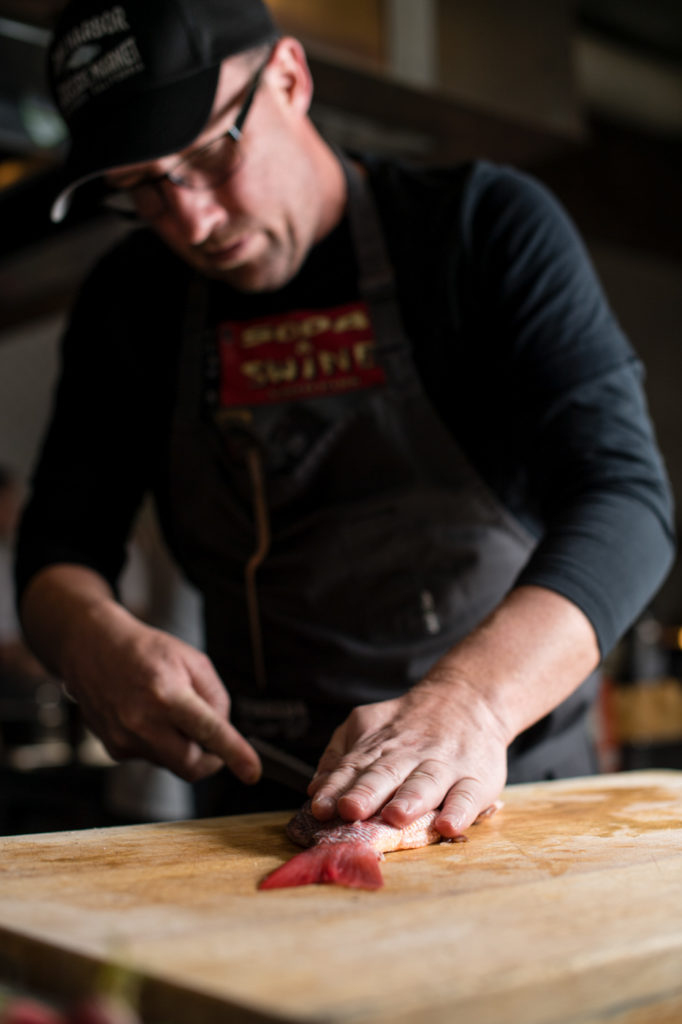

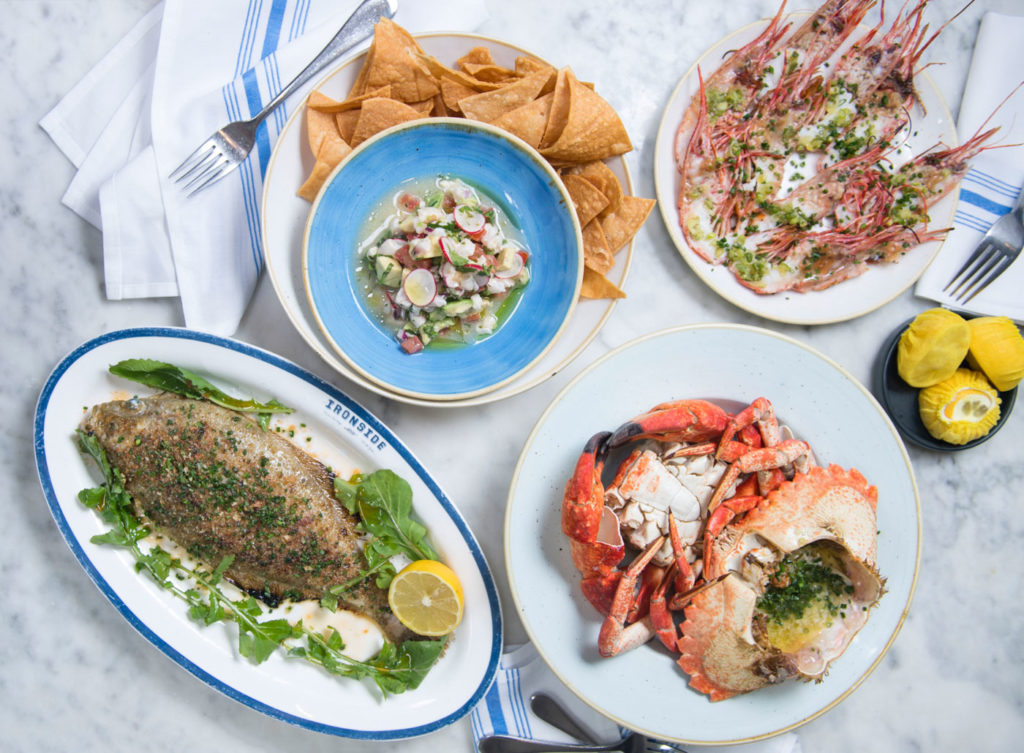
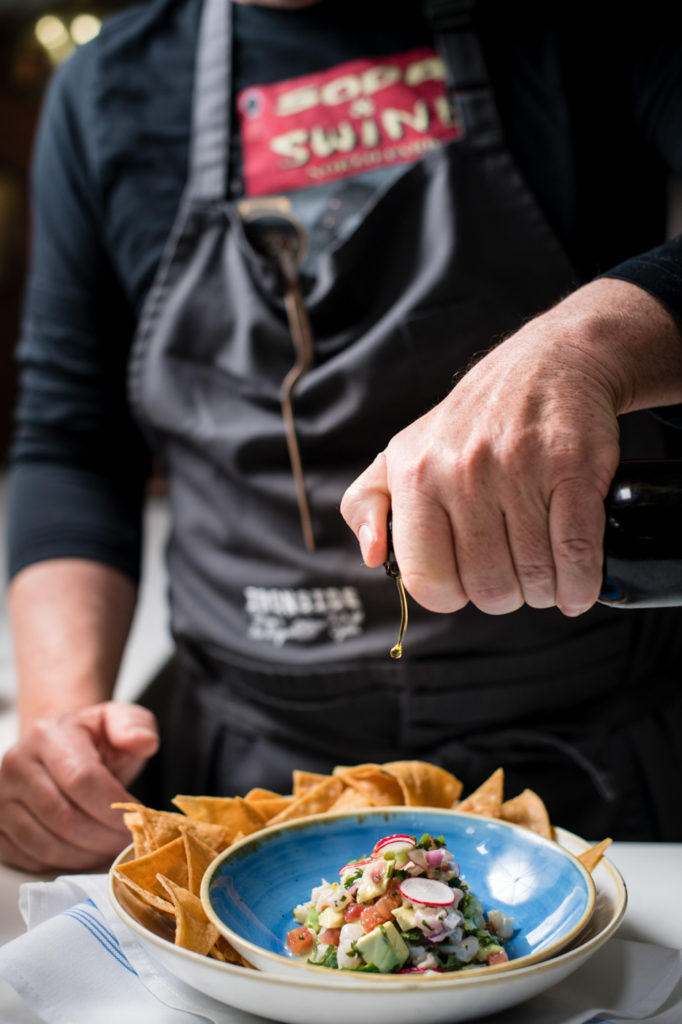

Back at the restaurant, McLeod updates the menu. There is Halmay’s uni on toasted brioche with scrambled eggs. Fukushima’s sea bass in a ceviche. Rock crab with butter and lemon. On this particular weekend, one hundred percent of the fish—with the exception of some shellfish—is San Diego-sourced. Yet beyond a nod to the fishermen by name on the menu, the restaurant doesn’t hit guests over the head with its agenda. San Diego-caught is standard operating procedure. If guests ask, servers are prepared to tell them all about the black cod, the sea bass, the opah, as they’ve learned about it straight from the fishermen, who may even walk in the back door while guests are dining with fresh catch. By working with those fishermen who comply and are part of the local economy, McLeod is changing the meaning of the word “local.”






Our comments section is for members only.
Join today to gain exclusive access.